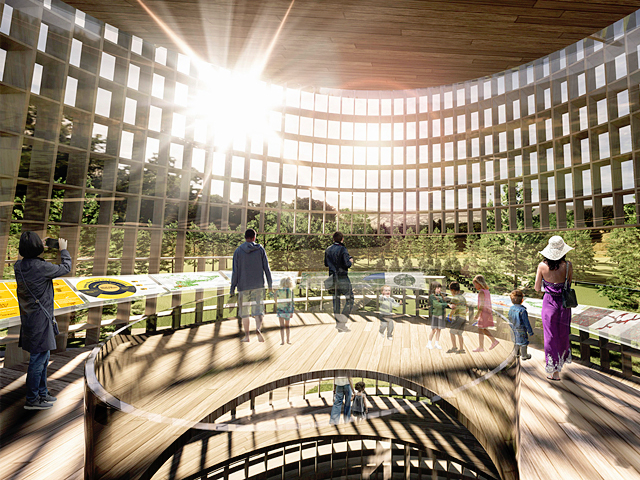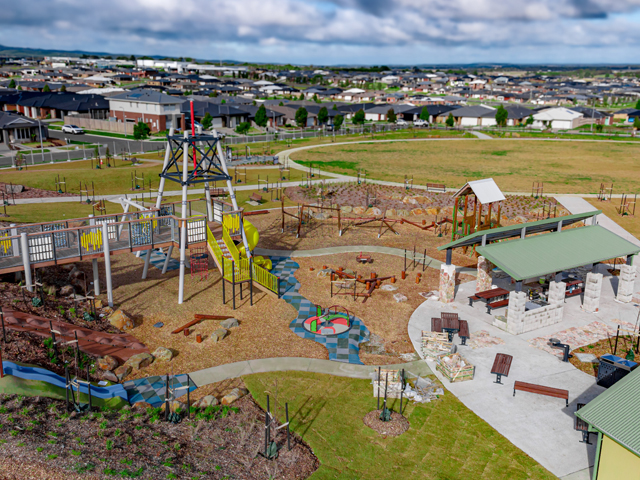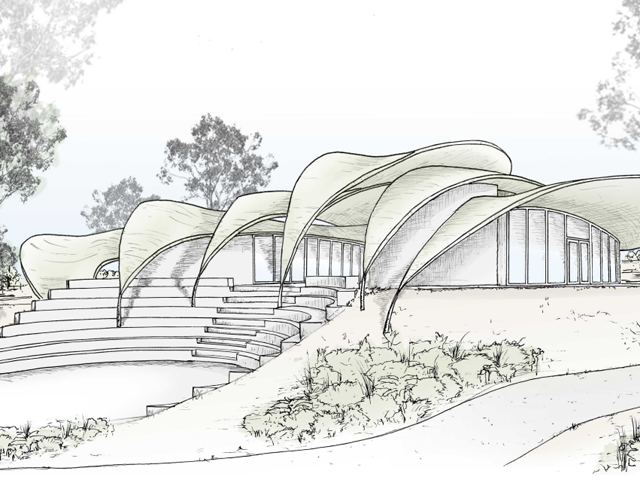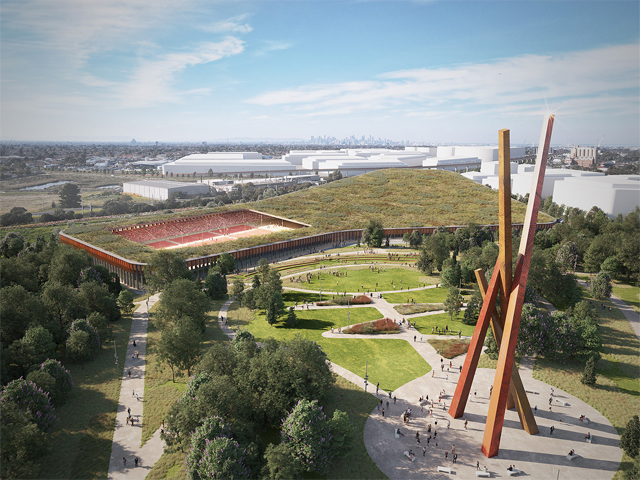HONEY BEE RESEARCH FACILITY CREATES A BUZZ
02 Apr 2020
The University of Guelph in Canada is abuzz with activity as construction begins on the development of a sustainable new Honey Bee Research Centre, designed by Moriyama & Teshima Architects. The centre encourages public engagement and will include research and education spaces, a cafe and much more.

At the end of 2019, Moriyama & Teshima Architects won the competition to create a new facility for the school’s Ontario Agricultural College. Aiming to be a landmark project, the centre will feature mass timber construction and will be dedicated to sustainability, and honey bee health and wellbeing.
The new centre is made to be a low-carbon project that supports flexible research and education for all ages. The HBRC will welcome children, students and scholars from around the world, and will contain a large, multifunctional discovery and learning space, exhibition area, research and extraction labs, classrooms, a café, and a gift shop. 
The mass timber complex includes a sweeping roof structure that forms the focal expression of the public space. Roof and landscape are integrated through a trail that rises and leads to the centre’s landmark Interpretive Tower, which doubles as a solar chimney and pollinator-friendly habitat. 
“Honey bees are among the most important insects in the world, and the University of Guelph leads the world in honey bee research and conservation,” said the university president Franco Vaccarino. “Improving the health of bees and other pollinators is critically important, and we are well on our way to creating a world-renowned centre of excellence.”
The HBRC is designed to enhance connections to both the neighbouring University of Guelph campus, the surrounding natural landscape and its existing integrated trail system. The new centre is envisioned as both a productive and social landscape that accommodates diverse programming, research and events. 
Balancing the ecological functions of the site with educational programming, the grounds highlight the productivity of the land formally through cultivated agricultural plots and working hives. 
Via ArchDaily | Images courtesy of Moriyama & Teshima

MORE NEWS

HARNESSING THE POWER OF DESIGN TO TRANSFORM CITIES

STRIKING GOLD IN BALLARAT

JARRAHDALE TRAIL CENTRE TAKES DESIGN CUES FROM NATIVE FLORA

WOOD CARVING WITH BRANDON KROON

MELBOURNE'S NEW PARK ON A FORMER LANDFILL SITE

